These teaching resources promote reflection and critical thinking about what Americans could have known about the Holocaust as it was happening, and the motives, pressures, and fears that shaped Americans’ responses to Nazism, war, and the persecution and murder of Jews in Europe during the 1930s and 1940s.
Classroom-Ready Content and Lessons
These resources were created by Museum historians and educators to support exploration of Americans' responses to the Holocaust.
Timeline Activity Extension: American Responses to the Holocaust
This timeline and lesson plan helps students understand the historical and societal context of American responses to the Holocaust, including the responses of individuals and of the US government.
Behind Every Name: Animated Stories
This series of short animations, along with an accompanying lesson, allows students to examine unique individual experiences within the historical context of the Holocaust.
Black Americans and the Nazi Olympics
In this lesson plan, students examine antisemitism in Nazi Germany during the 1930s and racism in Jim Crow-era America—two distinct places during the same historical period–by learning about the American debate over boycotting the 1936 Olympics as well as the experiences of athletes competing in the Games.
Challenges of Escape, 1938–1941
This lesson plan and video enable students to explore the factors that led German Jews to seek to leave their country and the difficulties of immigration to the United States in the 1930s and 1940s.
Timeline Activity Extension: Racial “Science” and Law in Nazi Germany and the United States
This timeline and lesson plan help students understand how false ideas about racial “science” and eugenics impacted laws and practices in both the Nazi Germany and the United States.
The Americans and the Holocaust Exhibition
Americans and the Holocaust explores what Americans could have known about the Holocaust as it was happening and what more could have been done. This exhibition examines the motives, pressures, and fears that shaped Americans’ responses to Nazism, war, and the persecution and murder of Jews in Europe between 1933 and 1945.
Exhibition Tour and Viewing Guide
In this 39-minute tour, Dr. Daniel Greene, US Holocaust Memorial Museum historian and exhibition curator, provides a tour of the exhibition and an overview of the history, themes, and artifacts presented throughout.
Exploring the Online Exhibition
This lesson prompts students to explore the online exhibition and analyze critically various factors that shaped attitudes and actions taken by the US government, the media, other organizations, and individual citizens in response to the Holocaust.
Primary Source Exploration
History Unfolded is a database of more than 50,000 articles from newspapers in the United States. Articles cover Holocaust-era events and were published between 1933 and 1946. Students can explore what was possible for Americans to have known about the Holocaust as it was happening and how Americans responded.
Teacher Guide
Explore American newspapers in the History Unfolded database with guided activities in the classroom.
Lessons
These lesson plans are based on articles collected for History Unfolded:
Spanish-Language Newspaper Coverage of the Holocaust (available in English and Spanish)
In-Depth Case Studies
By examining these case studies, students identify multiple economic, social, and geopolitical factors that influenced public opinion and key decisions about the United States’ role in the world from 1939 to 1941.
This Section
Explore lesson plans and training materials organized by theme to use in your classroom.
